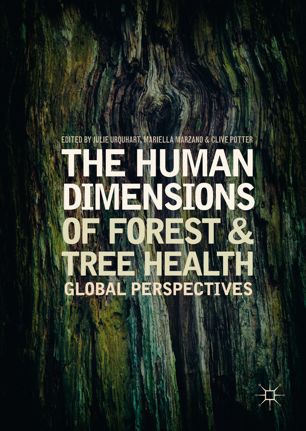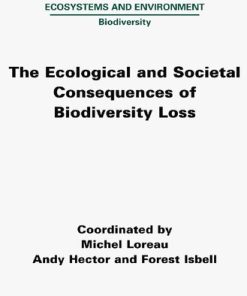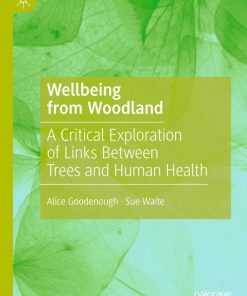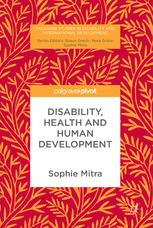The Human Dimensions of Forest and Tree Health 1st Edition Julie Urquhart
$50.00 Original price was: $50.00.$25.00Current price is: $25.00.
The Human Dimensions of Forest and Tree Health 1st Edition Julie Urquhart- Ebook Instant Download/Delivery ISBN(s): 9783319769554,978331,9783319769561, 3319769561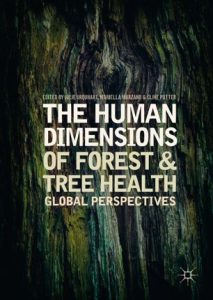
Product details:
- ISBN 10:3319769561
- ISBN 13:9783319769561
- Author: Julie Urquhart, Mariella Marzano, Clive Potter
This book explores the spe cifically human dimensions of the problem posed by a new generation of invasive pests and pathogens to tree health worldwide. The growth in global trade and transportation in recent decades, along with climate change, is allowing invasive pests and pathogens to establish in new environments, with profound consequences for the ecosystem services provided by trees and forests, and impacts on human wellbeing. The central theme of the book is to consider the role that social science can play in better understanding the social, economic and environmental impacts of such tree disease and pest outbreaks. Contributions include explorations of how pest outbreaks are socially constructed, drawing on the historical, cultural, social and situated contexts of outbreaks; the governance and economics of tree health for informing policy and decision-making; stakeholder engagement and communication tools; along with more philosophical approaches that draw on environmental ethics to consider ‘non-human’ perspectives. Taken together the book makes theoretical, methodological and applied contributions to our understanding of this important subject area and encourages researchers from across the social sciences and humanities to bring their own disciplinary perspectives and expertise to address the complexity that is the human dimensions of forest and tree health. Chapters 5 and 11 are open access under a CC BY 4.0 license via link.springer.com.
Table contents:
1. Introducing the Human Dimensions of Forest and Tree Health
2. English Tree Populations: Economics, Agency and the Problem of the “Natural”
3. Local Knowledge on Tree Health in Forest Villages in Turkey
4. Mountain Pine Beetles and Ecological Imaginaries: The Social Construction of Forest Insect Disturbance
5. Indigenous Biosecurity: Māori Responses to Kauri Dieback and Myrtle Rust in Aotearoa New Zealand
6. User-Generated Content: What Can the Forest Health Sector Learn?
7. The Social Amplification of Tree Health Risks: The Case of Ash Dieback Disease in the UK
8. Implementing Plant Health Regulations with Focus on Invasive Forest Pests and Pathogens: Examples from Swedish Forest Nurseries
9. The Economic Analysis of Plant Health and the Needs of Policy Makers
10. Stated Willingness to Pay for Tree Health Protection: Perceptions and Realities
11. The Use of Rubrics to Improve Integration and Engagement Between Biosecurity Agencies and Their Key Partners and Stakeholders: A Surveillance Example
12. Enhancing Socio-technological Innovation for Tree Health Through Stakeholder Participation in Biosecurity Science
13. Gaming with Deadwood: How to Better Teach Forest Protection When Bugs Are Lurking Everywhere
14. The Effects of Mountain Pine Beetle on Drinking Water Quality: Assessing Communication Strategies and Knowledge Levels in the Rocky Mountain Region
15. Forest Collaborative Groups Engaged in Forest Health Issues in Eastern Oregon
16. Environmental Ethics of Forest Health: Alternative Stories of Asian Longhorn Beetle Management in the UK
17. Towards a More-Than-Human Approach to Tree Health
18. Towards an Agenda for Social Science Contributions on the Human Dimensions of Forest Healt
People also search:
forests trees and human health
the human dimensions
in forest management human interaction with the natural environment is
jefferson human nature
human dimensions of medicine
You may also like…
Politics & Philosophy - Social Sciences
Politics & Philosophy - Anthropology
Biology and other natural sciences - Ecology
The Ecological and Societal Consequences of Biodiversity Loss 1st Edition Forest Isbell
Business & Economics - Industries
Politics & Philosophy - Government & Politics
African Politics and Ethics: Exploring New Dimensions 1st Edition
Politics & Philosophy
Disability, Health and Human Development 1st Edition Sophie Mitra (Auth.)
Politics & Philosophy - Anthropology


